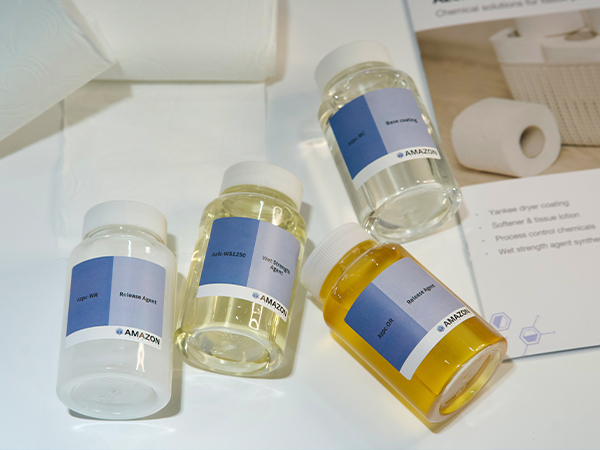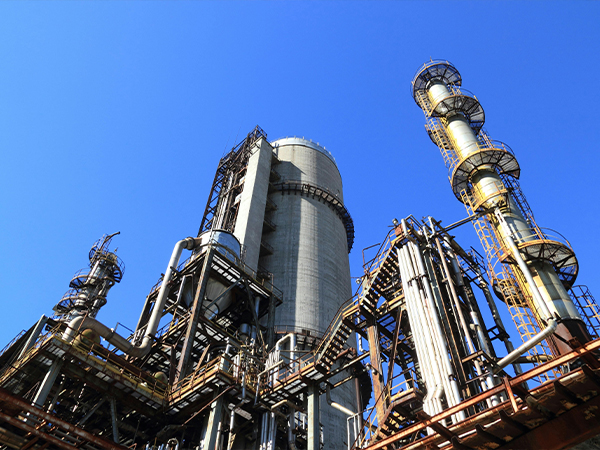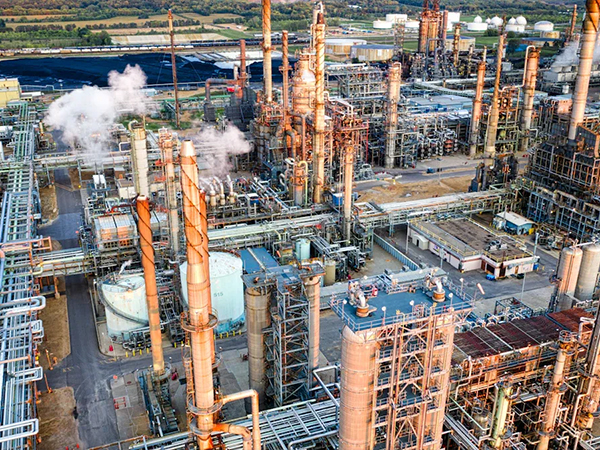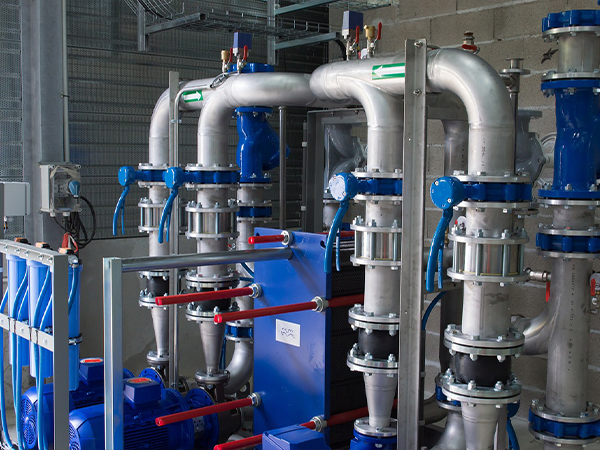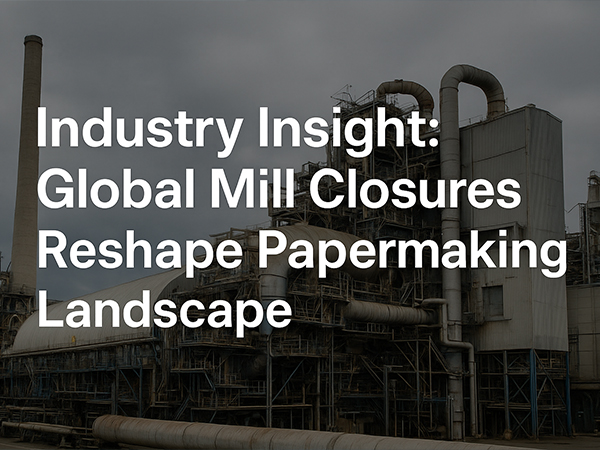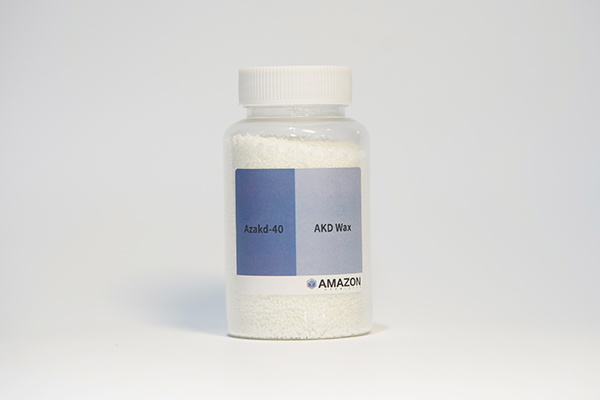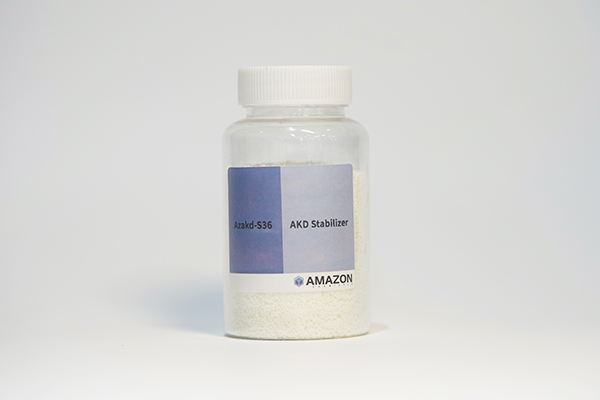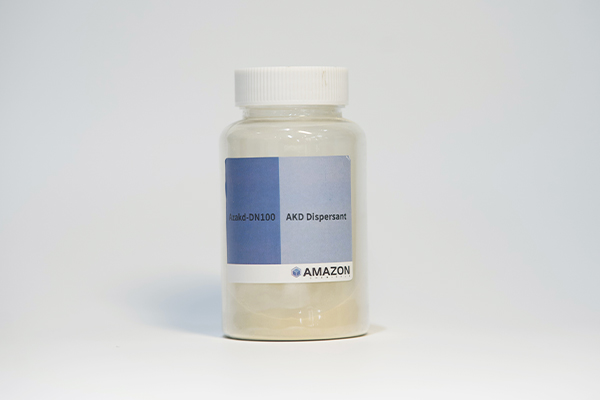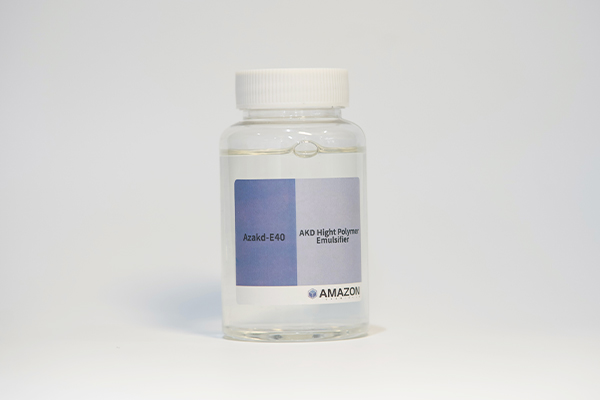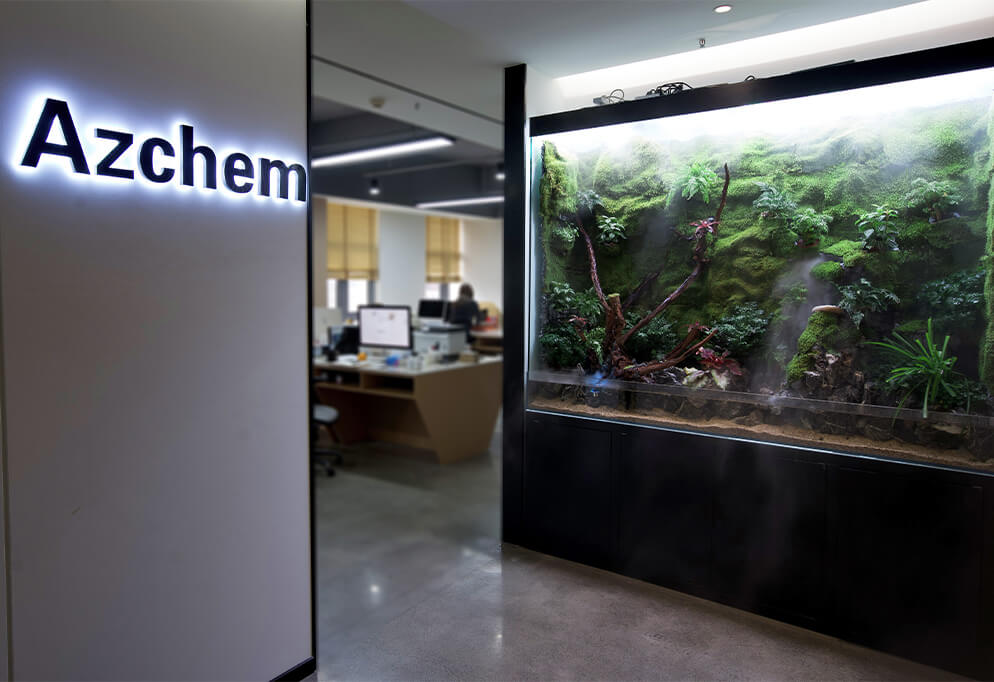In recent years, Southeast Asia has emerged as a major growth hub for the global packaging paper industry. Countries such as Vietnam, Indonesia, Thailand, and Malaysia have seen a rapid expansion of containerboard and boxboard production capacity, driven by rising e-commerce demand, regional industrialization, and the relocation of manufacturing supply chains. This regional boom is having ripple effects on the upstream paper chemicals industry — particularly in areas such as sizing, retention systems, defoaming agents, and wet-end chemistry.
1. Regional Capacity Growth Trends
According to industry data, Southeast Asia has added more than 6 million tons/year of packaging paper capacity between 2022 and 2025. The majority of these investments are focused on recycled fiber-based containerboard and white top liner, with key players including SCGP (Thailand), Nine Dragons Paper (Vietnam), and Asia Pulp & Paper (Indonesia).
Several new machines with speeds over 1,000 m/min and deckle widths of 5.6m+ are being commissioned. These modern machines require precise chemical control, and favor high-performance additives that can adapt to fast-running and high-retention systems.
2. Impacts on Paper Chemicals Demand
The growth of high-speed machines and recycled fiber usage is directly influencing chemical consumption patterns:
- Increased demand for high-efficiency retention & drainage aids, especially cationic polyacrylamide (CPAM) and polyamine/polyDADMAC systems to manage fines and fillers in recycled fiber.
- Sizing systems are shifting toward neutral or alkaline processes, with AKD emulsions becoming more prominent than traditional rosin-based sizing, due to better compatibility with recycled fibers and improved water resistance.
- Defoamer usage is rising, particularly non-silicone types, to manage foam in closed-loop white water systems under high temperatures and chemical loads.
- Strength agents, such as dry strength resins and wet strength resins, are required in higher dosages to maintain runnability with lower-quality OCC.
3. Supply Chain Considerations for Chemical Manufacturers
With this regional surge, paper chemical suppliers are facing new strategic decisions:
- Localized production and blending are becoming essential to reduce lead time and improve technical service responsiveness.
- There’s increasing pressure to provide customized formulations optimized for specific furnish, machine speed, and filler content.
- Suppliers must also adapt to regional regulatory variations, especially in packaging grades used for food contact or exports.
4. Opportunities and Challenges Ahead
Opportunities
- Entry of new players and brownfield expansions create space for competitive chemical innovation.
- Demand for eco-friendly, fluorine-free barrier coatings, biodegradable additives, and low-AOX wet strength agents is rising.
Challenges
- Margin pressure due to competitive paper pricing in Southeast Asia.
- Volatile raw material prices and shipping costs affecting global chemical logistics.
Conclusion
As Southeast Asia cements its role as a major packaging paper producer, the ripple effects on the paper chemicals industry are impossible to ignore. To stay competitive, chemical suppliers must evolve from mere product vendors to value-added solution partners — offering faster customization, regional technical support, and chemistry tailored to modern papermaking demands.
🔗 Related Product
Learn more about our fluorine-free oil-resistant agents, designed for food-safe, sustainable paper packaging.
👉 Explore Azfc® Fluorine-Free Barrier Solutions


